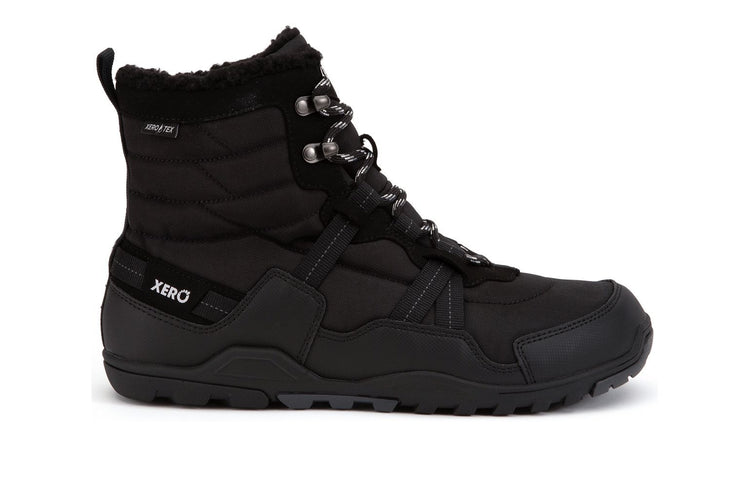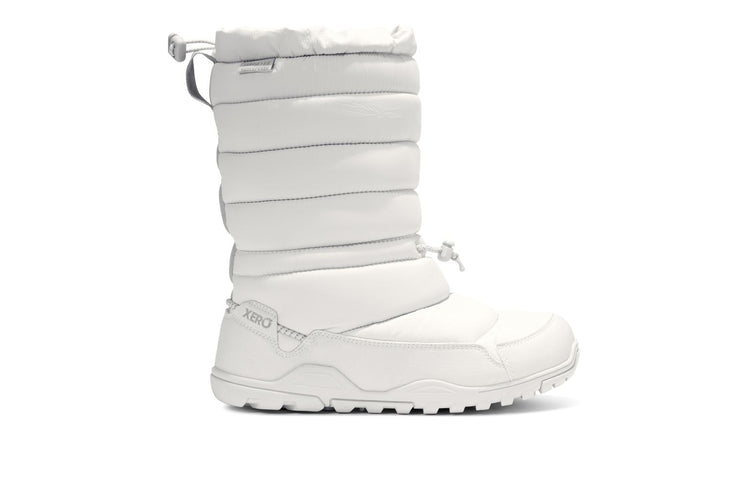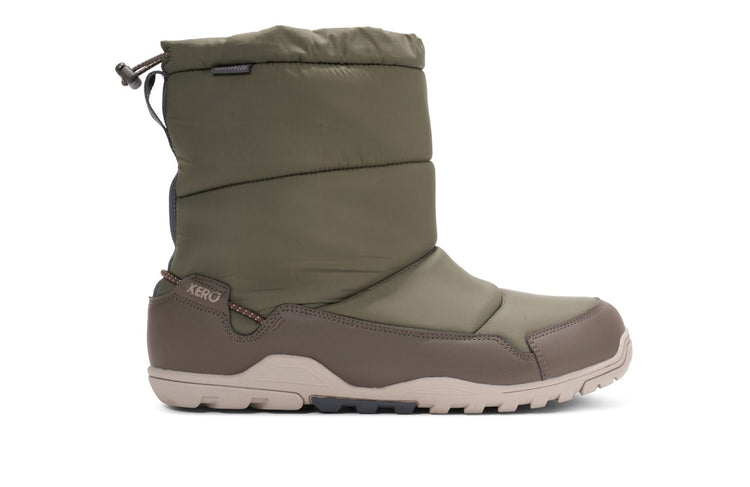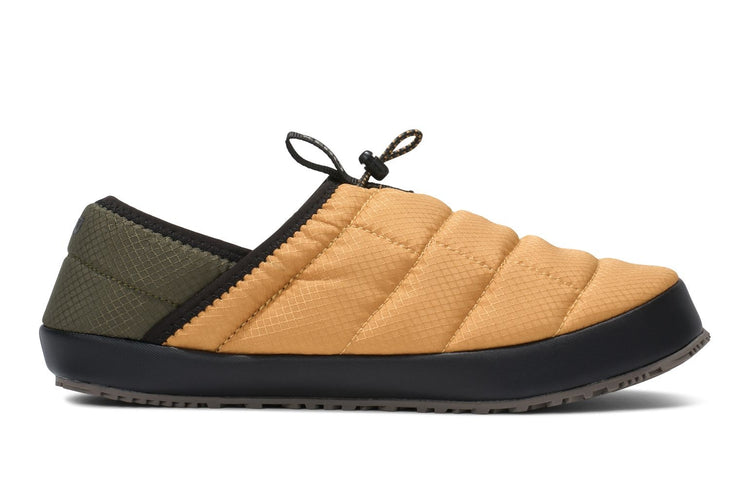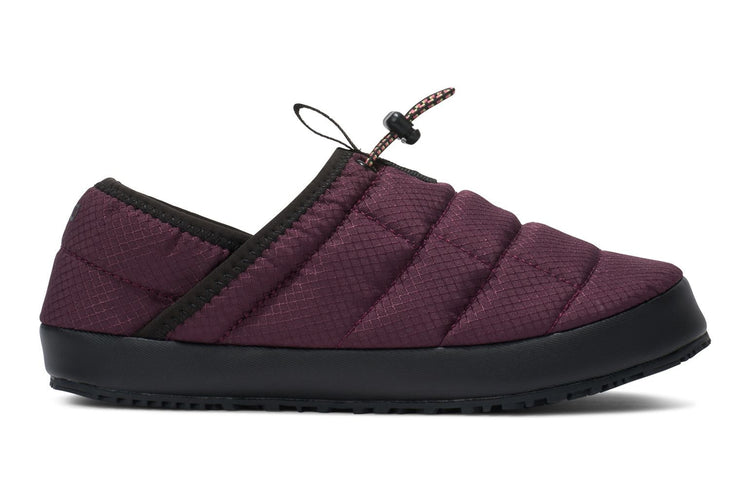latest News
Another way to tie huaraches Tarahumara running sandals
Raymond Mack devised a "thong-style" method of tying huaraches running sandals. I haven't tried out the tying method yet, but this video makes me want to go to the beach ;-)
Does knowing how to make huaraches running sandals give you super powers?
Having now made hundreds of pairs of huarache barefoot running sandals, and having spoken with many others who've done the same, I'm here to report a startling fact.Knowing how to make your own shoes -- even making minimalist running shoes like Tarahumara-style huaraches -- definitely gives you super powers.Oh, I don't mean the ability to leap tall buildings in a single bound (or even two or three bounds), or the power to fly, or the fun of invisibility... instead, I'm talking about something much super-er:The knowledge that you can make your own shoes!If you haven't yet made your own running sandals, you probably don't know what I mean. You probably don't get why I would say that being able to make some running sandals is a super power.But, I assure you, that's only because you haven't done it yet.After I made my first pair of huaraches, and was walking around in shoes that I MADE with my own 2 hands, I was overcome by a profound sense of self-reliance, a comforting knowledge, a feeling of value... just knowing that, if things get bad, I can make shoes for myself and others.And in a way that I can't explain, that knowledge felt like having a super power.I don't have to explain it to other people who've made their own barefoot running shoes; they've told me they have had a similar experience.It's like growing your own food... there's something really comforting about knowing you can take care of one of your basic needs.So, if you haven't yet, I highly encourage you to see what I mean and develop the super power of making your own huaraches running sandals. And, honestly, I'm not just saying that because I'm in the biz... it's such a fun feeling, I want you to have it yourself. (But, hey, if you just want me to increase my super powers and order custom-made huaraches, that's okay with me ;-) )Anyone else want to chime in about what it was like when you developed your super power?The content of this post does not constitute and is not intended to be a substitute for professional medical advice, diagnosis or treatment. Always seek the advice of a physician or other qualified health provider with any questions or concerns you may have about your health or a medical condition.
Barefoot Jason's Xero Shoes Pre-view
Here's a "pre-review"from Barefoot Jason of our original Vibram Cherry DIY Kit back when we were still called Invisible Shoe! -- http://barefootjason.blogspot.com/2010/04/invisibleshoescom-huaraches-first.html Invisibleshoe.com Huaraches First Impressions and Kickoff to 100 Miler Training I received my invisibleshoe.com huaraches yesyerday. I have been communicating with Steven Sashen for a few months as I love supporting anyone that is contributing to the barefoot/minimalist shoe movement. Steven started invisibleshoe.com to produce custom made huaraches and do-it-yourself huarache kits. I'll give more details about him in my full review in a few days. The huaraches I received are made of 4mm Vibram Cherry rubber and polypropylene and nylon lace. I chose neon pink for the lacing. Why? I thought it would be fun. Based on the looks I got while on my run today, "fun" may be the wrong word. :-) My run today was a 10 miler on gravel roads... my most difficult test of a minimalist shoe. The huaraches performed well. I was surprised they worked as well as they did. I will give much more detail in my full review, but Stevens huaraches have vaulted themselves to the upper echelon of my growing stable of minimalist shoes. The run itself was the second of a 20 mile/10 mile back-to-back. Yesterday's 20 miler was at about ultra pace and went well. Today's run was more of a near-tempo run. I managed to finish the 10 miles with a 7:42 pace (1:17 total time.) Fitness for this early in the year is very good. If I can maintain steady improvement, I should be in an excellnt position to finish well at Burning River at the end of July. Thanks Jason! (and good luck with the training/racing!)
Running Sandals for Health!
Yet another study showing how running sandals and barefoot running could be better for your body! Flip-flops and sneakers with flexible soles are easier on the knees than clogs or even special walking shoes, a study by Rush University Medical Center has found. And that's important, because loading on the knee joints is a key factor in the development of osteoarthritis. The study has been published online in the journal Arthritis Care & Research. "Traditionally, footwear has been engineered to provide maximum support and comfort for the foot, with little attention paid to the biomechanical effects on the rest of the leg," said Dr. Najia Shakoor, a rheumatologist at Rush and the primary author of the study. "But the shoes we wear have a substantial impact on the load on the knee joints, particularly when we walk." "Our study demonstrated that flat, flexible footwear significantly reduces the load on the knee joints compared with supportive, stable shoes with less flexible soles." Osteoarthritis is the most common form of arthritis and a significant source of disability and impaired quality of life. A higher-than-normal load on the knees during walking is a hallmark of the disease, associated with both the severity of osteoarthritis and its progression. Shakoor and her colleagues analyzed the gait of 31 patients with symptoms of osteoarthritis in the Rush Motion Analysis Lab while they walked barefoot and with four popular shoe types: Dansko clogs, which are often worn by healthcare professionals who have to be on their feet much of the day; Brooks Addiction stability shoes, which are prescribed for foot comfort and stability; Puma H-Street shoes, a flat athletic shoe with flexible soles; and flip-flops. The loads on the knee joints differed significantly depending on the footwear. For the clogs and stability shoes, the loads on the knee joints were up to 15 percent greater than with the flat walking shoes, flip-flops or barefoot walking. Knee loading was roughly the same whether the subject wore flips-flops or walked barefoot. "Currently, knee braces and wedged orthotic shoe inserts are used to relieve the load on the knee joints of patients with osteoarthritis, but everyday footwear is also a factor to consider. The results in our study demonstrate that the reduction in load achieved with different footwear, from 11 to 15 percent, is certainly comparable to reduction in load with braces and shoe inserts ," Shakoor said. According to Shakoor, several aspects of footwear affect the joint loading. "Heel height is one factor, and may explain why the stability shoes and clogs in our study, both of which had higher heels, produced greater knee loads," Shakoor said. "Stiffness is also a factor. We've shown in earlier studies that barefoot walking is associated with lower knee loads than walking with conventional footwear. It may be that the flexible movement of the bare foot is mechanically advantageous. The natural flex of the foot when it contacts the ground probably attenuates the impact on the joint, compared to the artificial 'stomping' movement created by a stiff-soled shoe." In the present study, Shakoor said, flip-flops and the walking shoe were flat, flexible and lightweight and seemed to mimic the mechanics when walking with bare feet. "Clogs and stability shoes, conventionally believed to provide appropriate cushioning and support, actually increased the loading on the knee joints, as opposed to shoes with less 'support,' flatter heels and more flexibility," Shakoor said. Shakoor cautioned, however, that knee loading is not the only consideration in any clinical recommendations based on her study. "For the elderly and infirm individuals, flip-flops could contribute to falls because of their loose-fitting design. Factors like these need to be taken into account," Shakoor said. Other researchers at Rush involved in the study were Dr. Mondira Sengupta, Dr. Kharma Foucher, Markus Wimmer, PhD, Louis Fogg, PhD, and Dr. Joel Block. Funding was provided by a grant from the National Institute of Arthritis and Musculoskeletal and Skin Diseases, part of the National Institutes of Health. Source Rush University Medical Center, Chicago, Illinois The content of this post does not constitute and is not intended to be a substitute for professional medical advice, diagnosis or treatment. Always seek the advice of a physician or other qualified health provider with any questions or concerns you may have about your health or a medical condition.


